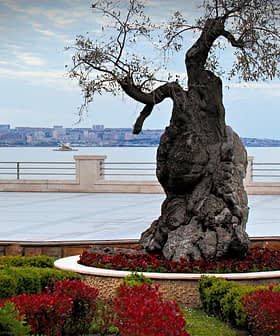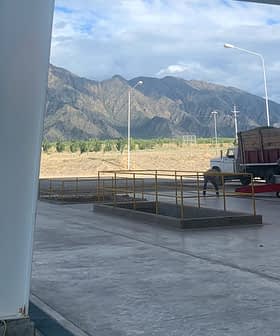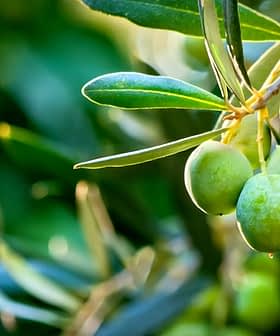
Argentina continued its push for a revision to the International Olive Council limit for campesterol in olive oil at the IOC Council of Members meeting held in Buenos Aires earlier this month.
In his July 3 welcome address at the council’s 18th extraordinary session, Argentine Secretary of State for Agriculture, Livestock and Fisheries Lorenzo Basso called for the IOC to update its perspective so as not to leave out genuine olive oil from new producer countries.
“We have a deadline which is the next meeting of the Codex Alimentarius in February 2013. The decision to modernise the outlook on olive oil production and to change the percentage of certain parameters to adjust to the demands of world trade — I’m talking specifically about campesterol — will depend on this Council” he said.
“Argentina decided to fight from within this body rather than clash with it…and it is now time to define this new outlook so that the the IOC is respected as the international reference body and together we can fight against what should really be of concern to us — fraud,” Basso said in his speech.
The IOC’s standard for the extra virgin grade sets a limit of 4.0 percent for campesterol (one of several sterols found in olive oil) and it has argued that higher levels — such as allowed for in the United States and Australian standards — can indicate the presence of seed oils and could result in more adulteration. Argentina, meanwhile, argues that this is unfair because climatic and geographic factors cause some of its EVOOs to exceed the level.
According to a report by the U.S. delegate to the Codex Committee on Fats and Oils, Australia, Argentina, the U.S., and other interested countries are gathering new data to renew a push for change to the campesterol level at the next meeting of that Codex committee, scheduled to be held in Malaysia from February 25-March 1, 2013.
World olive oil and table olive market
Meanwhile, provisional figures for the 2011/12 season put world olive oil production at a record 3.36 million tons, largely driven by Spain’s bumper harvest of more than 1.6 million tons.
Presented at the 39th meeting of the IOC Advisory Committee on Olive Oil and Table Olives, also held this month in Buenos Aires, and included in the IOC’s market newsletter for June, the provisional data included estimated world consumption of nearly 3.14 million tons of olive oil, of which the EU accounts for 1.93 million tons and the US 275,000 tons. The US is the world import leader with 271,000 tons.
Provisional figures put the global table olive output at 2.55 million tons and consumption at 2.46 million tons.
Imports up into China and down into Canada
The IOC newsletter also reports that in the first seven months of 2011/12 (October – April) imports of olive oil and olive pomace oil were up 24 percent in China, 10 percent in Russia and Japan, 6 percent in Brazil, and 2 percent in the US — compared to the same period last season — but down 13 percent in Canada and 1 percent in Australia.
Table olive imports, meanwhile increased solely in Brazil (up 26 percent).
Producer prices
The IOC reports that compared to the same period the year before, producer prices for EVOO are down 10 percent in Spain (€1.76/kg), 11 percent in Greece (€1.84/kg) and 37 percent in Italy (€2.38/kg). “In recent months, prices have remained virtually steady in all three countries but still remain at their lowest since October 2009” it says.








